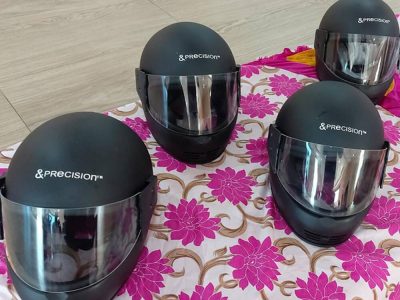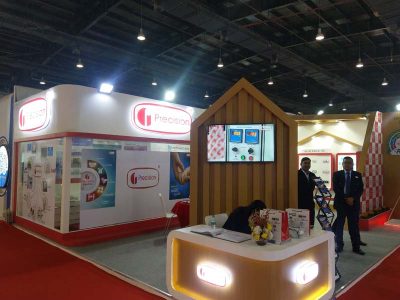
Know Your MCB – Working, Trip Curves & Replacement
January 21, 2021
Everything About Distribution Boards – Uses, Types & Safety Tips
February 12, 2021The Difference Between Modular and Non-Modular Switches
The idea behind designing electrical switches for living spaces has now evolved past a basic need for mere utility. Real estate developers, architects, and builders are able to make choices that are design-sensitive to the overall materiality and color palette of the interior. In other words, interior design has now been assimilated into the process of setting up electrical amenities for commercial or residential buildings.
The electrical switches market has rearranged itself around this idea over the past decade—especially in India. But what exact product has made this an in-demand idea?
Modular Switches
Modular switches have supplanted the conventional, non-modular switches that were available for most of the previous decades. Before that, developers and house owners chose non-modular switches as a quick, economical choice for their living spaces.
What brought about the change? There are 3 significant differences between modular and non-modular electrical switches that define why the former is more popular.
1. Modular Switches Improve the Aesthetic of the Interior Design
There is nothing particularly ineffective about non-modular switches, given that their internal mechanism is constructed to the best of every electrical engineer’s ability, except for the fact that the quality of their exterior is, as discussed, not created with any aesthetic-sensitive intent. They have all the workable components of a modular switch and perform their functions as designed, but they can look clunky to the overall look, with screw holes and sharp edges.
Modular electrical switches, on the other hand, give the house owners and the developers far more customization options in materials, colors, and finishes. And they often avoid screw holes and sharp edges to seamlessly integrate into the whole, with subtle curves and hidden screw designs.
2. Modular Switches Ensure More Safety for Children
Because the screws, wiring, and sockets are occasionally exposed in non-modular switches and switchboards, there is a small measure of risk to them, and electrical shocks through arc flashes can occur. People who buy non-modular switches often are targeting it as the cheaper option, and if they buy low-quality products, without shuttering the sockets, injury and accidents are a possibility, especially to children, whose fingers may pry into areas they aren’t supposed to.
Fortunately, given that modular electrical switches are usually more expensive than the former, their components are well-designed and in place, making them safer for children. Shutters, tighter gaps, and hidden screws improve the risk factor. Shutters and cover plates often are designed to resist dangerous phenomena like arc flashes. Modular switches manufacturers also use flame-retardant grade material to further ensure safety.
3. Modular Switches Entail Easier Installation & Maintenance
Given their often-premium cost range, modular switches, plates, and sockets have convenient technical components that allow easy installation. They can be oriented in multiple directions, based on the preference of the user (up, down, or sideways). They often have a front-loading plate design which aids in removal, if maintenance is needed below the plate. Should a switch’s internal mechanism fail, you can remove the front plate easily, fix it, and then reaffix it to the wall without hassle.
Modular switch manufacturers are on the path to selling these switches for the benefit of many a living space. Given that non-modular switches, while functional and economical, do not offer these 3 benefits, developers and house owners should look forward to picking these products for the good of their property values. You can consult with Precision Electricals to find out what aspects to look for in modular switches. These products will lend your living spaces a premium, high-end look that it deserves.



































































